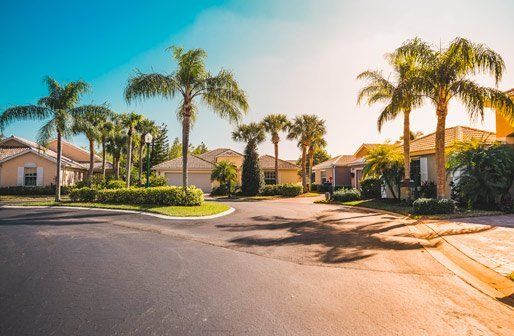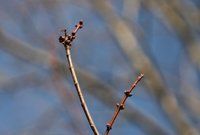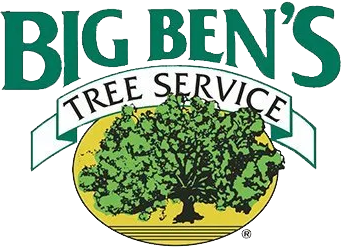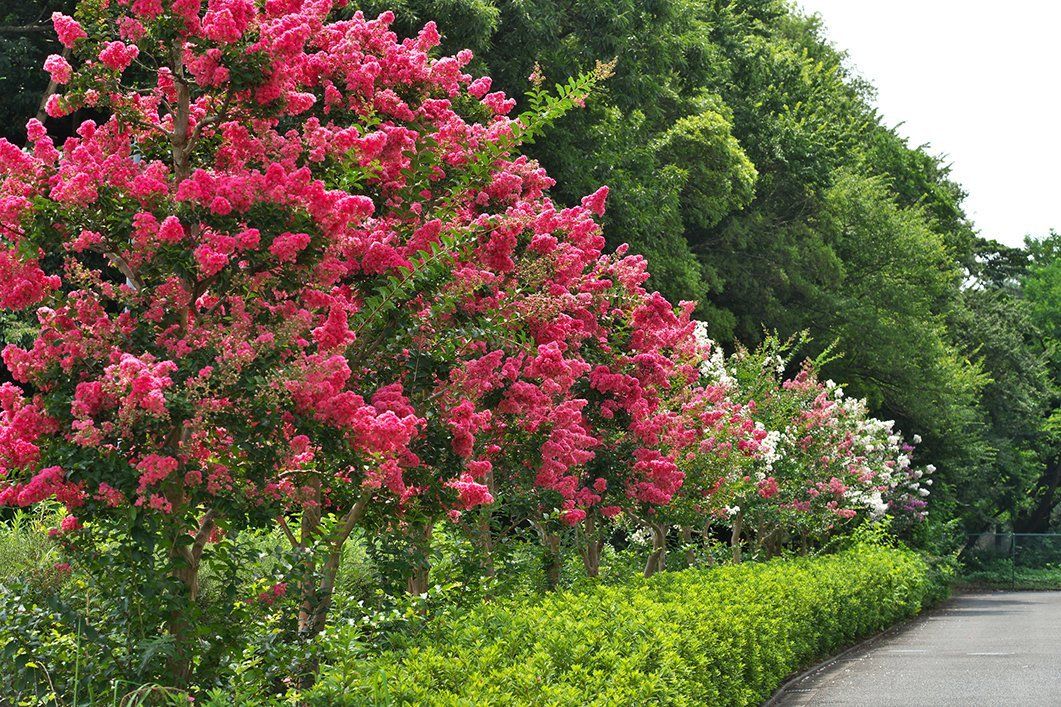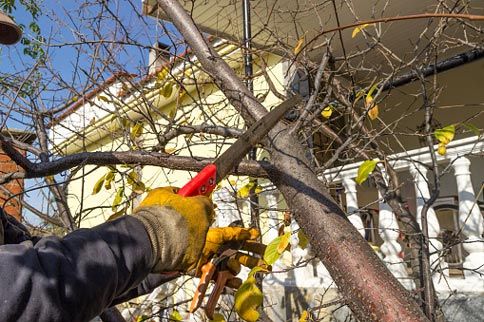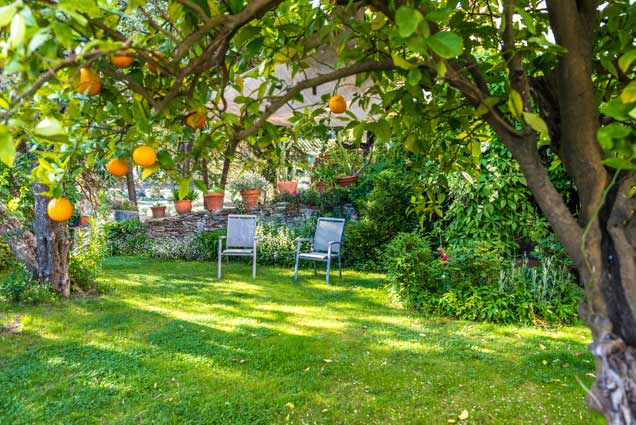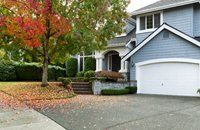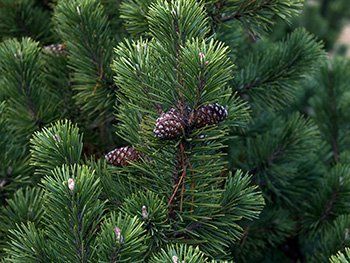Planting Non-Native Species
Planting trees that are native to your area is critical for several reasons. A native tree is one that naturally occurs in your environment and so has adapted to the soil and typical rainfall amounts in your area.
Non-native species typically do not thrive as well, require more maintenance, and in some cases, if the tree is an invasive species, can do serious damage to the local ecosystem.
It is important to do some research to discover which trees are native to your area. For example, in Northern Florida, water elms, spruce pines, crab apple, Southern magnolia, and the American elm will all thrive. In Southern Florida, the silver palm, fiddlewood, crabwood, royal palm, and paradise tree are all native species.
Before planting any native tree, ensure that you have the space to accommodate the canopy and root system and that your property features the correct soil composition to meet the tree's unique needs.
Pruning Improperly
Having your trees professionally pruned is very beneficial for their health and appearance. Unfortunately, many homeowners make the mistake of improperly pruning their trees, and this can leave the trees vulnerable to sunscald, wind damage and, in extreme cases, decay and death.
If you decide to prune your trees, it is critical to follow a few simple rules, including:
- Remove dead or decaying branches first. Immediately prune and remove any dead or decaying branches, especially if they are large. These branches pose a safety hazard and should be removed right away.
- The 25 percent rule. Never remove more than 25 percent of the tree's canopy at once. Over-pruning can leave the tree vulnerable to damage and disease.
- Use the correct tools. Always use tools that are constructed to prune trees, including loopers, pruning saws and pole pruners.
If you do not have the correct tools, are uncomfortable pruning the tree, or if the tree is feature several large dead or decaying limbs, don't hesitate to contact a professional tree service.
Damaging the Trees
Properly caring for your landscape and trees can seem like a full-time job. However, in your haste to mow the lawn, eliminate weeds and water the grass, you might accidentally do serious damage to your trees.
While caring for your lawn and landscape, avoid these common mistakes that can do serious damage to your trees:
- Use caution when mowing and edging. While you're mowing or using your weed eater or trimmer, you might accidentally damage your tree. Consistently hitting the same spot on the tree with your mower or edger leaves your trees vulnerable to disease and insect infestation.
- Avoid overwatering your tree. In an attempt to keep your lawn green and lush, you might accidentally overwater your tree. Overwatering can lead to a serious condition called root rot.
- The benefits of mulch. The grass and weeds that are growing around your trees are stealing vital nutrients. Spreading a layer of mulch around the base of your tree can help keep weeds and grass at bay.
Spreading a two- to four-inch layer of wood chips or another organic mulch around your tree is the best way to both prevent weed growth and help your tree's root system retain moisture.
Properly planting and maintaining your tree is critical. If you have further questions about tree care or need a tree removed from your property, don't hesitate to contact the professionals at Big Ben's Tree Service.
